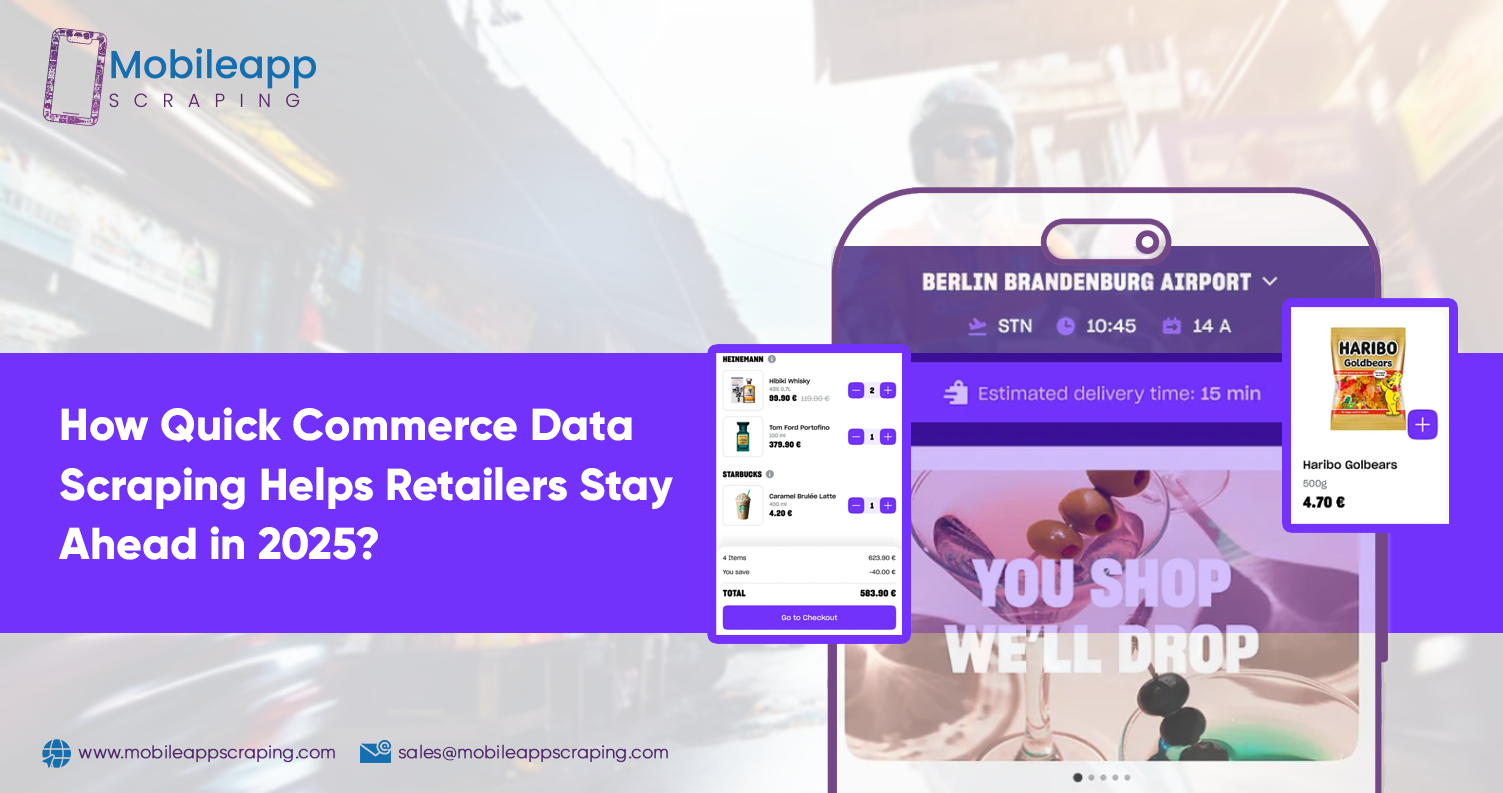
How Quick Commerce Data Scraping Helps Retailers Stay Ahead in 2025?
Introduction
In today's fast-paced retail landscape, data-driven decision-making is key to staying competitive. As quick commerce reshapes consumer expectations with ultra-fast deliveries and seamless shopping experiences, retailers leverage Quick Commerce Data Scraping to gain critical market insights.
With the sector experiencing rapid growth, real-time data access has become essential for tracking competitor pricing, monitoring inventory, and understanding consumer behavior. Advanced Quick Commerce Data Extraction enables businesses to optimize operations and enhance efficiency.
This blog explores how Quick Commerce Data Scraping will transform retail strategies in 2025, covering implementation, benefits, challenges, and future trends to help retailers stay ahead.
Understanding Quick Commerce and Data Scraping in 2025
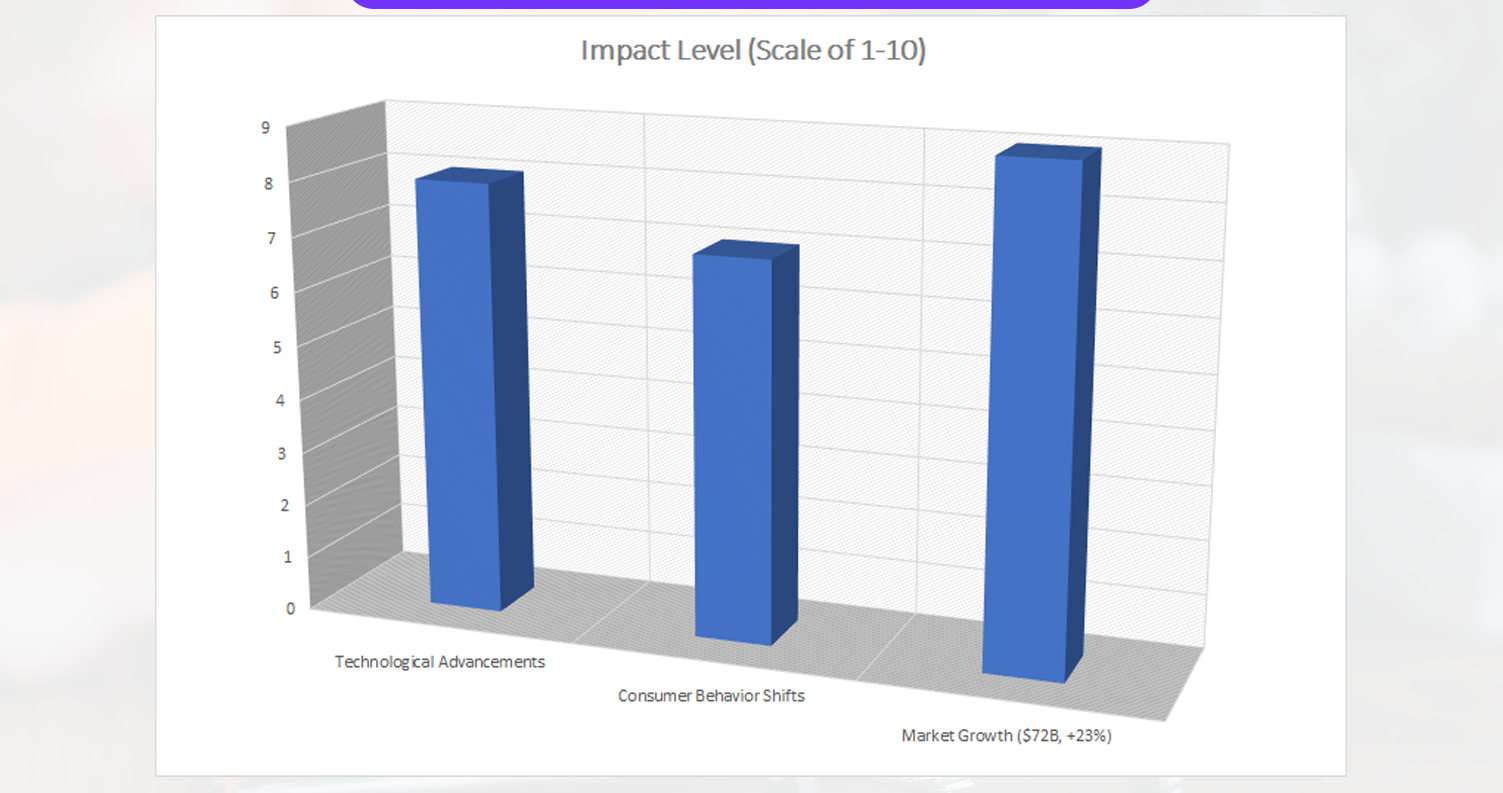
Quick commerce, often called Q-commerce, is the rapid evolution of e-commerce that focuses on ultra-fast delivery, typically within 10 to 30 minutes. In 2025, this industry is driven by cutting-edge technology, real-time data analytics, and changing consumer expectations, making it a crucial part of modern retail.
1. The Evolution of Quick Commerce
Quick commerce represents a significant shift in the retail landscape. It blends the speed of traditional in-store shopping with the convenience of digital transactions. This model enables consumers to quickly receive essential goods, groceries, electronics, pharmaceuticals, and even fashion items.
Several key factors contribute to the rapid expansion of quick commerce in 2025:
- Technological Advancements : AI-powered logistics, automation in micro-fulfillment centers, and enhanced real-time tracking have optimized delivery efficiency.
- Consumer Behavior Shifts : The growing preference for instant gratification and on-demand services has accelerated the adoption of quick commerce.
- Market Growth : Global quick commerce is projected to reach approximately $72 billion by the end of 2025, marking a 23% year-over-year increase, highlighting its expanding influence in retail.
- Post-Pandemic Digital Transformation :The surge in online shopping and reliance on last-mile delivery services continue to fuel this sector’s momentum.
2. The Role of Data in Quick Commerce Success
Data is the backbone of quick commerce, enabling businesses to streamline operations, predict demand, and enhance customer experience.
Retailers rely on real-time data insights for:
- Product availability and pricing analysis across competitors.
- Consumer demand forecasting is based on location, seasonality, and buying patterns.
- Delivery logistics optimization to minimize delays and enhance route planning.
- Inventory management across distributed micro-fulfillment centers.
- Market trends and behavioral analytics for targeted marketing and strategic decision-making.
3. Harnessing the Power of Quick Commerce Data Scraping
To maintain a competitive edge, businesses must leverage Quick Commerce Data Scraping—a powerful method of extracting real-time market intelligence. Using advanced web scraping technologies, retailers can use our service to Scrape Quick Commerce Data from multiple sources, including:
- Competitor websites to track pricing, stock availability, and promotions.
- Mobile applications for insights into real-time delivery trends.
- Social media platforms to analyze customer sentiment and emerging product demands.
- Review sites to understand consumer feedback and improve service offerings.
By integrating our service into their strategies, businesses can make data-driven decisions, enhance customer satisfaction, and optimize their supply chain to meet the high-speed demands of quick commerce in 2025.
What is Quick Commerce Data Scraping?
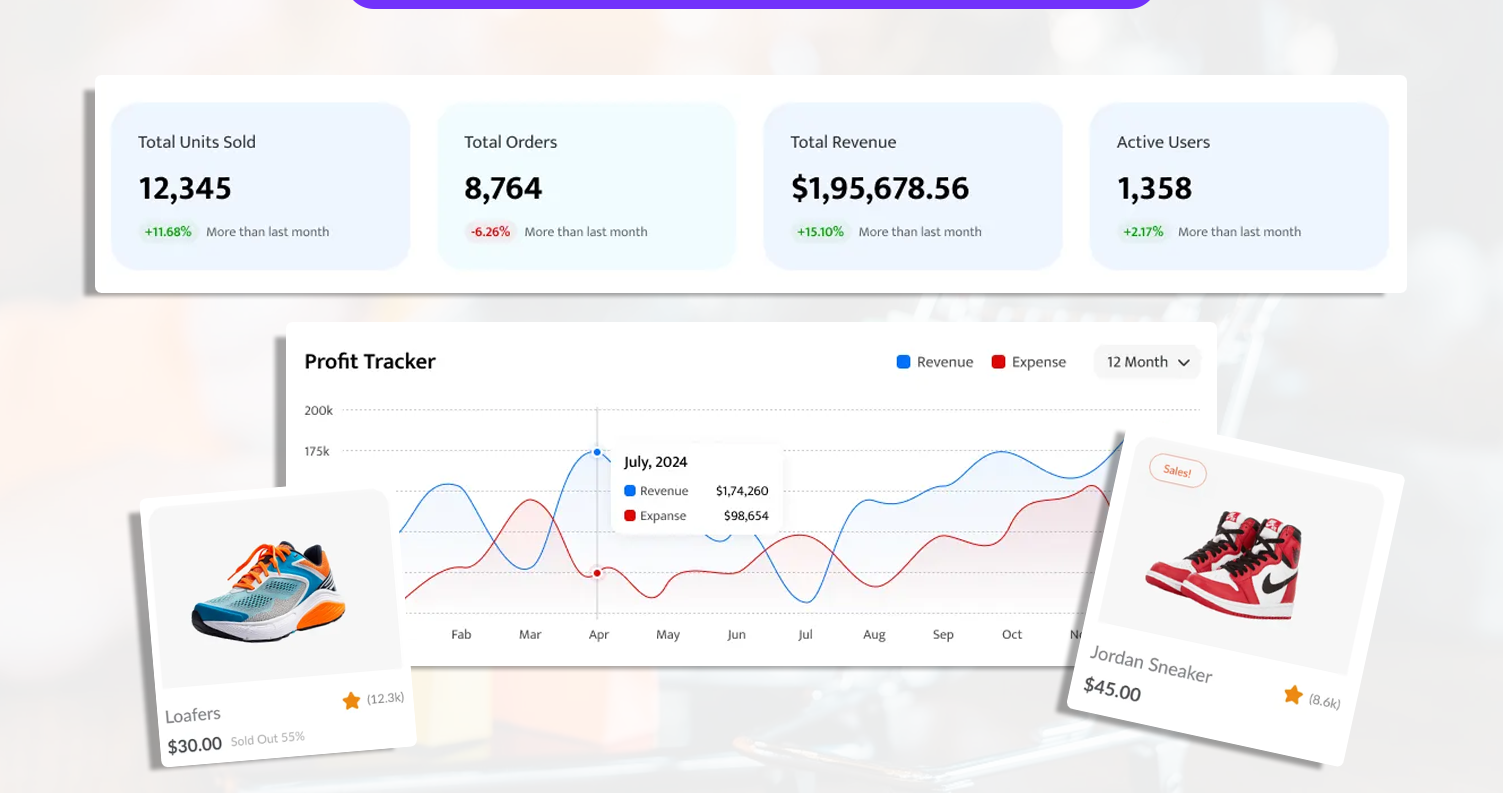
Quick Commerce Data Scraping is the automated process of extracting crucial retail insights from websites, mobile applications, and digital platforms that facilitate ultra-fast delivery services. This method leverages advanced software solutions to systematically navigate digital interfaces, detect key data points, and retrieve structured information for analysis.
As of 2025, data scraping technologies have seen significant advancements, integrating cutting-edge capabilities such as:
- AI-powered data recognition and classification that enhances accuracy in identifying and categorizing retail data.
- Natural language processing (NLP) is a method for extracting meaningful insights from textual content such as product descriptions and customer reviews.
- Image recognition is used to identify products through visual data analysis.
- Proxy rotation and IP masking to ensure ethical and seamless data collection by avoiding access restrictions.
- CAPTCHA-solving mechanisms that help overcome automated verification barriers for uninterrupted data retrieval.
- Real-time data processing to enable instant access to dynamic pricing, inventory updates, and market trends.
With these advancements, Quick Commerce Data Scraping empowers businesses with real-time, actionable intelligence, helping them stay competitive in the rapidly evolving retail landscape.
Key Applications of Quick Commerce Data Scraping
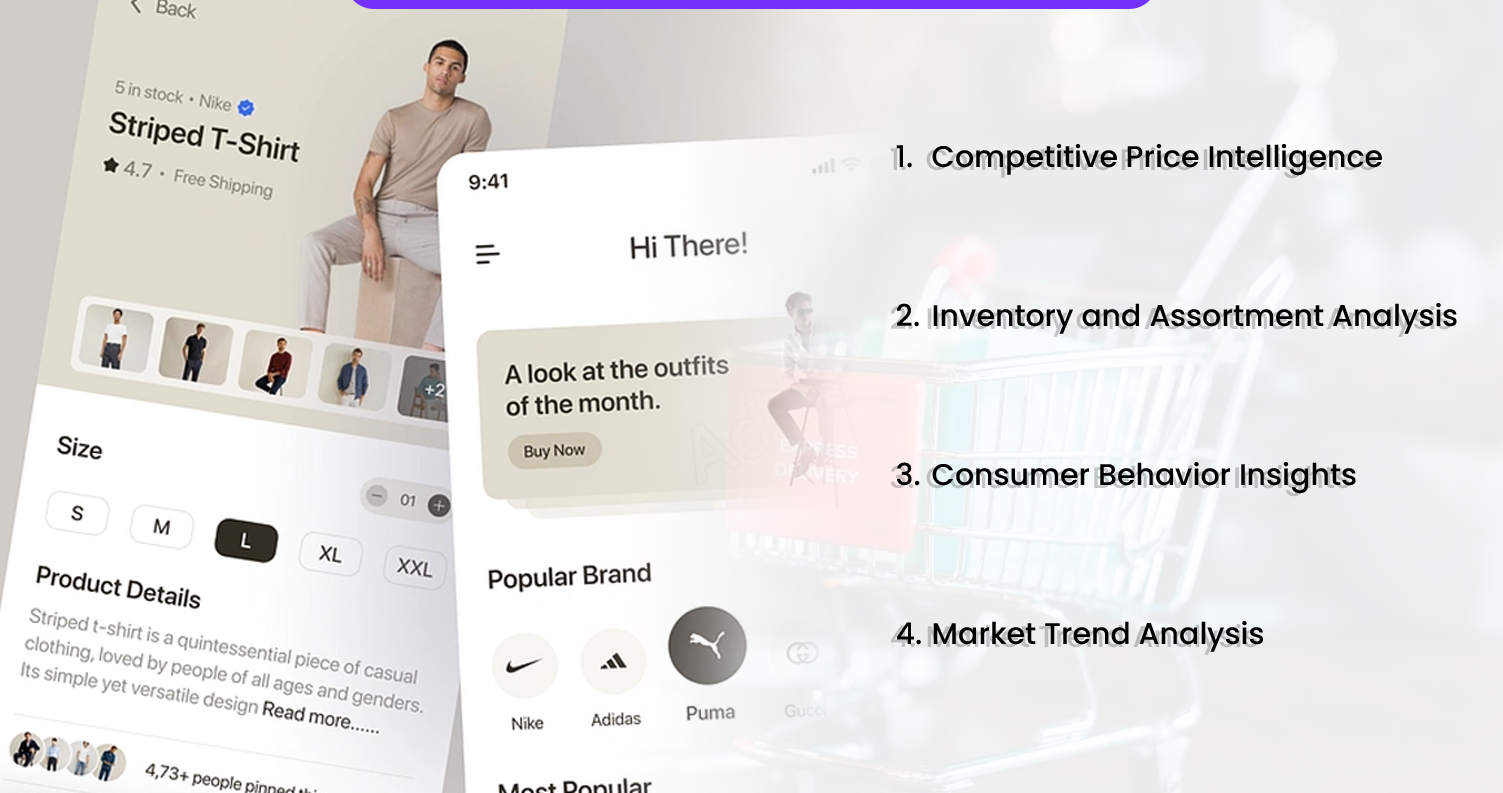
Quick Commerce Data Scraping involves extracting valuable real-time data from quick commerce platforms to enhance business intelligence, optimize operations, and stay ahead in a competitive market.
1. Competitive Price Intelligence :
One of the most significant benefits of Quick Grocery Price Monitoring is gaining deep insights into competitor pricing strategies. Given the razor-thin margins in the quick commerce sector, staying informed about how competitors price their products is essential for maintaining a competitive edge.
Modern Quick Commerce Scraper tools efficiently track thousands of products across multiple platforms in real time, delivering comprehensive pricing intelligence.
These tools can:
- Monitor price fluctuations in real time.
- Identify discount strategies and promotional trends.
- Compare pricing variations across different geographical regions.
- Analyze price elasticity by assessing sales volume shifts in response to price changes.
By leveraging Real-Time Quick Commerce Price Tracking, retailers can adjust their pricing strategies dynamically, ensuring they remain competitive while safeguarding their profit margins.
2. Inventory and Assortment Analysis
Success in quick commerce relies heavily on maintaining the right product assortment at the right time.
Through Quick Commerce Inventory Tracking, businesses can:
- Analyze competitor product assortments.
- Identify trending and high-demand items.
- Track stock availability patterns.
- Optimize inventory management based on real-time market demand.
Access to this data empowers retailers to make data-driven decisions regarding product stocking, inventory replenishment timing, and efficient organization of micro-fulfillment centers.
3. Consumer Behavior Insights
Understanding customer interactions on quick commerce platforms provides valuable insights into enhancing the shopping experience.
By utilizing Web Scraping Quick Commerce Apps, businesses can collect and analyze data on:
- Popular search queries and browsing behaviors.
- Abandoned cart items.
- Consumer preferences for product pairings.
- Peak ordering times.
- Engagement metrics within the user interface.
These insights enable retailers to refine their product offerings, enhance app usability, and implement targeted marketing strategies that resonate with their audience.
4. Market Trend Analysis
The quick commerce industry is dynamic, with trends emerging and fading rapidly. Quick Commerce Data Scraping helps businesses stay ahead of market shifts by analyzing:
- New and emerging product categories.
- Seasonal variations in consumer demand.
- Regional differences in shopping preferences.
- Competitor service expansions and contractions.
By continuously accessing Quick Commerce Datasets, retailers can anticipate market movements, adjust their strategies proactively, and establish themselves as industry leaders rather than followers.
Advanced-Data Scraping Techniques for Quick Commerce
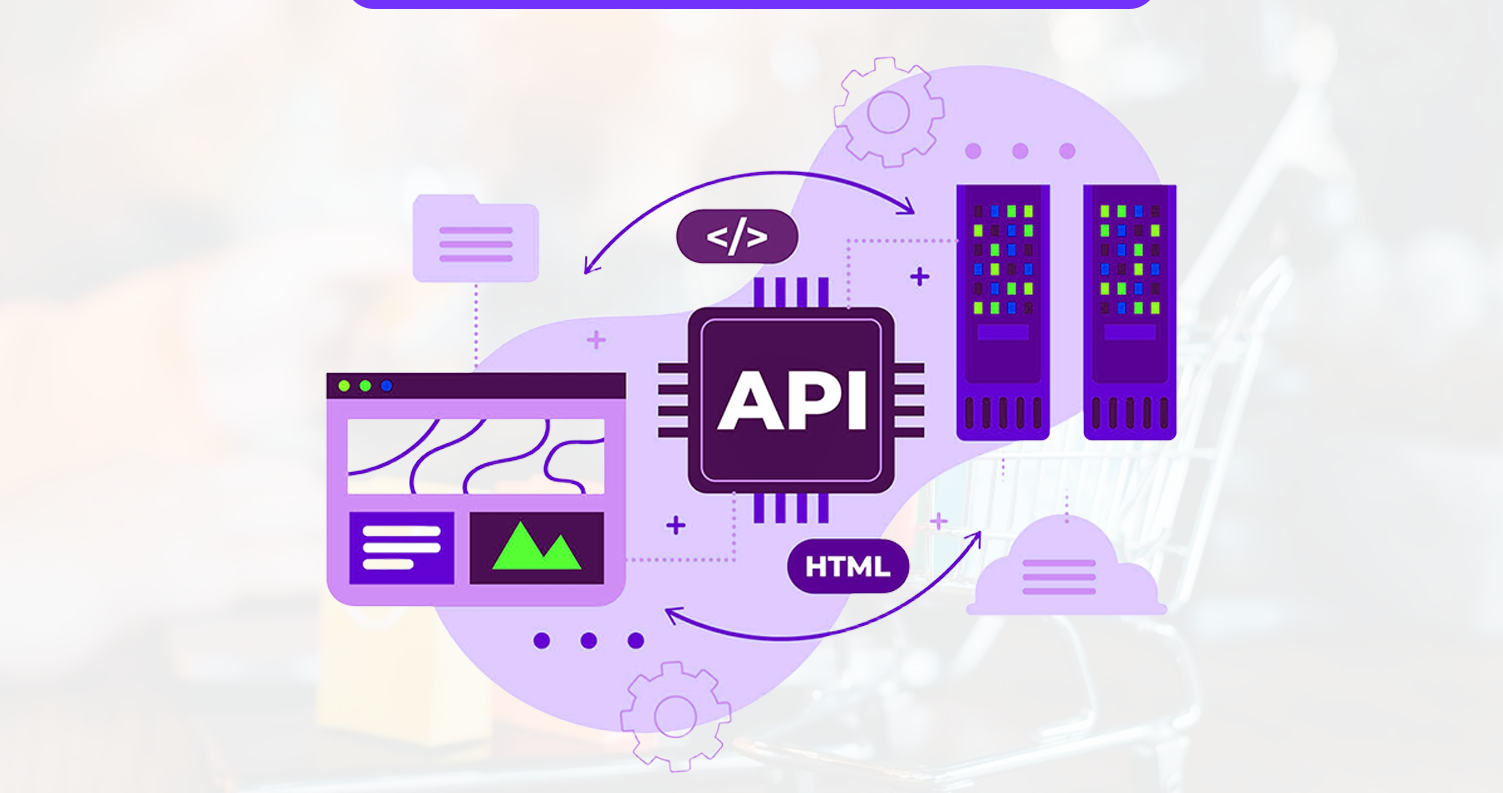
Many quick commerce platforms offer APIs for data access, but these often come with restrictions on scope and depth. Quick Commerce API Scraping combines official API access with supplementary scraping methods to overcome these limitations, creating a more robust data collection system.
1. API Integration and Scraping
Many quick commerce platforms offer APIs for data access, but these often come with restrictions on scope and depth. Quick Commerce API Scraping combines official API access with supplementary scraping methods to overcome these limitations, creating a more robust data collection system.
This hybrid approach ensures:
- Reduced risk of IP blocking.
- More consistent and reliable data retrieval.
- Seamless integration with internal analytics systems.
- Faster and more efficient data processing.
However, businesses must strike a careful balance between leveraging official API access and additional data extraction methods while ensuring compliance with terms of service and data privacy regulations.
2. Mobile Application Scraping
With consumers increasingly relying on mobile apps for shopping, Quick Commerce App Scraping has become vital for gaining deep market insights.
Advanced scraping technologies enable data extraction from mobile applications using methods such as:
- App emulation on virtual devices.
- Network traffic interception.
- Screenshot analysis with OCR technology.
- Reverse engineering of app data structures.
These techniques provide a competitive edge by revealing mobile-specific pricing, promotions, and user experiences—insights that may differ from web platforms.
3. Geo-Targeted Data Collection
Since quick commerce operates on a hyper-local level, factors such as pricing, inventory, and delivery availability vary by location. Instant Delivery Data Extraction systems incorporate geo-targeting capabilities to capture these regional differences.
This allows retailers to:
- Analyze regional pricing strategies.
- Identify location-based inventory fluctuations.
- Compare delivery time differences across neighborhoods.
- Track localized promotional campaigns.
By leveraging precise, location-specific intelligence, retailers can tailor their quick commerce strategies to individual markets rather than applying a one-size-fits-all approach.
Implementing an Effective Quick Commerce Data Scraping Strategy
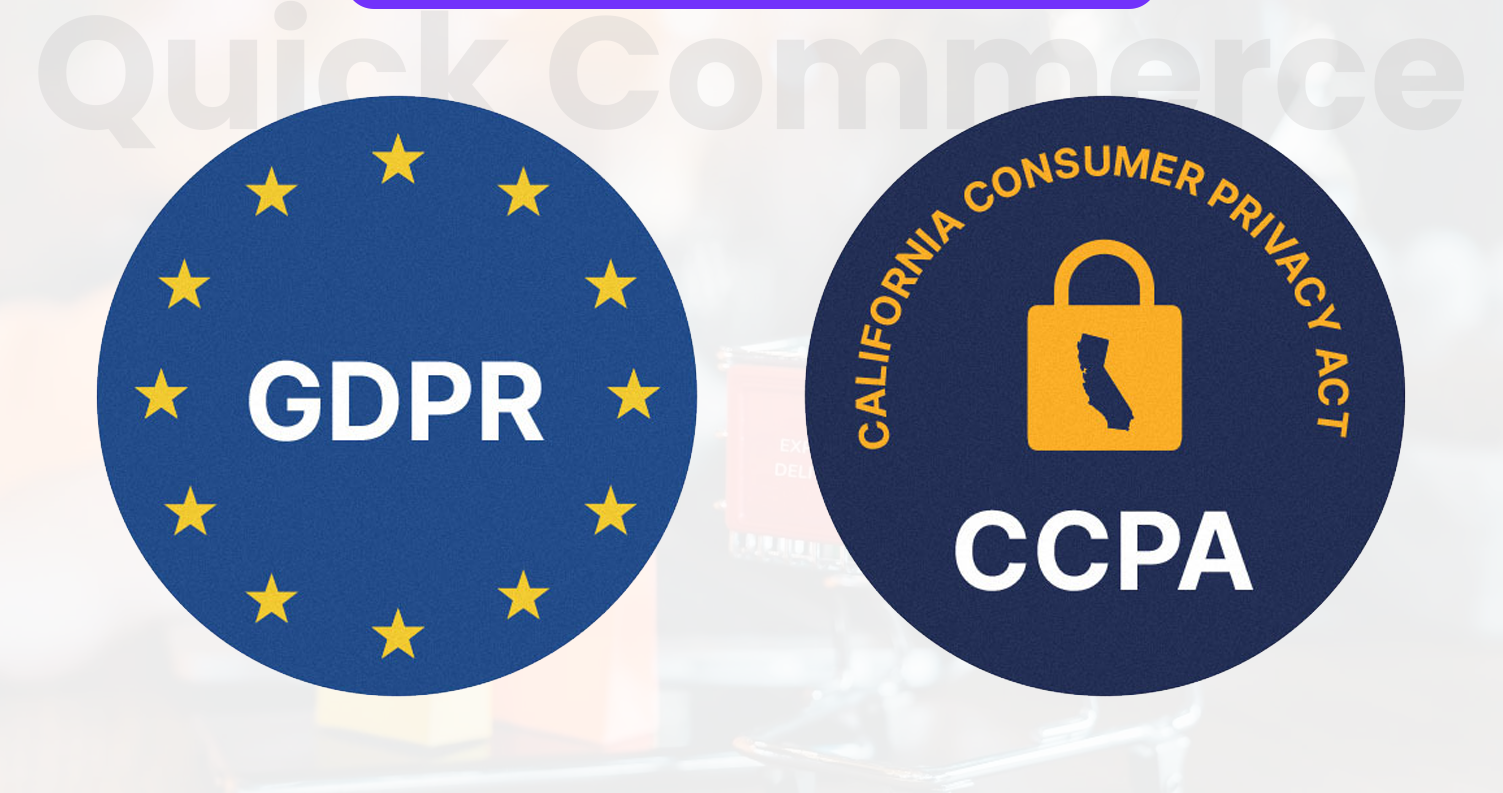
An effective Quick Commerce Data Scraping strategy involves leveraging the right tools, ensuring compliance, and optimizing data processing to extract, integrate, and utilize real-time retail insights for better decision-making.
1. Selecting the Right Tools and Technologies
Implementing Quick Commerce Data Extraction effectively begins with choosing the right tools tailored to specific business needs.
The market offers multiple solutions, including:
- Custom-built scraping solutions for particular data requirements.
- Commercial scraping platforms designed for quick commerce applications.
- Open-source frameworks that allow advanced customization.
- Cloud-based scraping services for scalability and flexibility.
When evaluating these options, retailers should assess key factors such as:
- Scalability to process large data volumes efficiently.
- Bypassing anti-scraping measures to ensure uninterrupted data collection.
- Data quality and cleaning capabilities for accurate insights.
- Seamless integration with existing business intelligence systems.
- Cost-effectiveness and resource management considerations.
2. Ensuring Legal and Ethical Compliance
As data scraping technologies evolve, so do the legal and ethical challenges associated with their use.
Responsible Quick Commerce Data Scraping requires strict adherence to the following:
- Terms of service agreements to avoid legal conflicts.
- Data privacy regulations include GDPR, CCPA, and emerging 2025 compliance frameworks.
- Intellectual property protections to prevent unauthorized data use.
- Industry-specific compliance requirements tailored to retail operations.
To maintain ethical and legally sound data collection practices, retailers should implement governance frameworks that include:
- Respecting robots.txt directives and website policies.
- Managing request frequencies to prevent excessive server loads.
- Anonymizing personally identifiable information (PII) to protect consumer data.
- Transparency in data collection practices to foster trust.
- Applying data minimization principles to collect only essential information.
Mobile App Scraping Can Help You?

As a pioneer in data extraction technologies, we deliver Quick Commerce Data Scraping solutions tailored to meet the unique challenges of retailers operating in the fast-paced delivery ecosystem.
Our specialized services include:
- Custom scraping solutions designed for quick commerce platforms, ensuring you access only the most relevant and actionable data.
- Advanced Web Scraping Quick Commerce Apps technologies that provide deep insights into competitor mobile applications, including pricing strategies, product offerings, and user experiences.
- Sophisticated Quick Commerce API Scraping services that integrate official API access with supplemental data collection methods for a holistic market intelligence approach.
- Geo-targeted data collection systems that offer location-specific insights, enabling businesses to optimize operations at a hyperlocal level.
- Powerful analytics platforms that convert raw Quick Commerce Datasets into meaningful business intelligence, featuring customizable dashboards and automated reporting.
Our data scientists and scraping specialists collaborate closely with your business to understand your objectives and develop customized solutions that drive measurable results.
Conclusion
In 2025’s fast-moving commerce landscape, access to accurate, real-time data is a key competitive advantage. Quick Commerce Data Scraping empowers retailers to optimize pricing, streamline inventory, enhance customer experience, and make data-driven decisions.
While challenges exist, the benefits of advanced data extraction far outweigh them. Investing in cutting-edge scraping technologies enables retailers to adapt quickly, optimize operations, and stay ahead. Those who master data collection and analysis will outperform competitors relying on outdated insights.
offer specialized Quick Commerce Data Extraction solutions to help retailers gain a data advantage. Whether optimizing pricing, improving inventory, or refining market strategies, our tailored solutions ensure you stay ahead in this evolving space. Contact Mobile App Scraping today to unlock the full potential of your quick commerce operations.